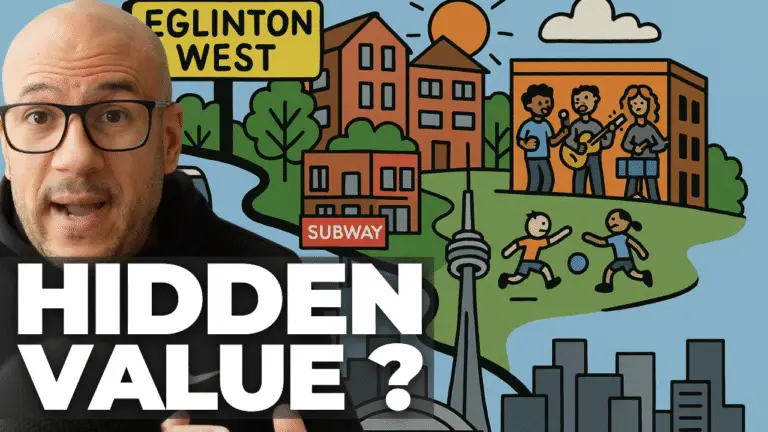As the federal election race heats up, housing affordability is once again at the forefront of political promises. Recently, I was invited to share my take on CBC News regarding two major proposals that aim to tackle the crisis: cutting the GST on new homes.
Both the Liberals and Conservatives have offered plans to reduce or eliminate the 5% federal GST on newly constructed homes. On the surface, it sounds like real savings—up to $50,000 to $65,000 depending on the plan. But who really benefits from this tax cut? And will it actually improve affordability for everyday Canadians?
Let’s unpack what’s really going on.
What the Plans Say
- Liberals (Mark Carney): Remove GST on new homes up to $1 million, but only for first-time buyers who intend to live in the property.
- Conservatives (Pierre Poilievre): Remove GST on new homes up to $1.3 million, available to all buyers, including investors.
Sounds generous, right? But here’s the catch: these plans apply only to new construction, not to resale homes—meaning only about 150,000 homes across Canada each year might qualify.
In Toronto alone, over 100,000 resale homes move annually. That’s a massive portion of the market left untouched by this policy.
Why This Matters for Toronto Buyers
As someone who works directly with urban families trying to break into the market, I’ve seen firsthand the disconnect between political solutions and street-level reality.
Here’s the real issue: most new homes are bought by investors, not first-time buyers or families looking for a long-term place to grow. In markets like London, Ontario, over 80% of new condos were investor-owned. These are often smaller, one-bedroom units—not the kind of homes families need.
The result? Builders continue focusing on the wrong type of supply: tiny, high-margin condos instead of family-friendly, multi-bedroom housing. Removing GST might make it slightly cheaper to build or buy, but it doesn’t guarantee developers will build what people actually need.
What’s at Stake
Under Poilievre’s plan, everyone benefits—including investors. While this could stimulate more building, there’s no incentive to build better homes—just more of the same small units.
Under Carney’s plan, the focus is tighter—supporting first-time buyers—but it excludes downsizers and repeat buyers, many of whom are trying to re-enter the market or move closer to family.
So who wins?
And more importantly: who continues to be left out?
My Take: We Need the Right Kind of Supply
The housing crisis isn’t just a supply issue—it’s a misalignment between what’s being built and what people need.
We need policies that prioritize:
- Family-sized homes (2+ bedrooms, livable square footage)
- Missing middle housing (townhomes, duplexes, low-rises)
- Community-focused planning (schools, transit, and green space)
Until we start building homes for people, not just for profit, no amount of GST savings will fix what’s broken.
Watch the Full Segment
🖥️ Watch My CBC Feature on YouTube
In this segment, I break down the tax plans, investor dynamics, and the deeper issues in Canada’s housing supply.
Final Thoughts
Cutting GST isn’t a bad idea—but it’s not a silver bullet either. If we want lasting change, we need a comprehensive housing plan, not just campaign announcements.
Because at the end of the day, real affordability isn’t about quick wins—it’s about building homes with purpose.
If you have any questions, reach out!


